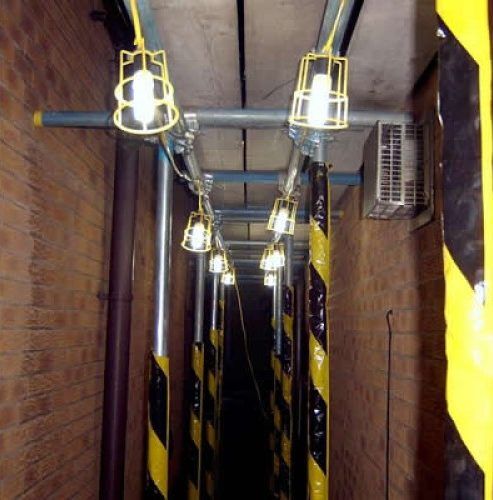One of the many things that need to be properly regulated on any construction site is lighting. It is the employer’s responsibility to provide adequate lighting on sites as according to the Health and Safety at Work Act 1974. For all work to be conducted safely and correctly, light is a necessity. There are a lot of systems and rigs out there to light up any construction site, so make sure you know what you need to make your site well lit and then toiletk for the lighting equipment you need.
What Requirements Have to be Met?
So what do you need to know about lights before you continue? The Health and Safety at Work Act will tell you everything you need to know. The main requirement is that an employee’s health or eyesight should not be jeopardised because the employer has failed to provide adequate lighting.
Every construction site should meet these requirements; lighting that is sufficient to light the site but suitable so it never becomes too powerful and blinds workers. When practical, natural lighting should be made available as well as having emergency lighting on site if ever necessary.
The HSE have set standards for construction sites to follow. They have said every active part of the site that will see employees working must be well lit with either natural or artificial lighting. This is to ensure that the work can be safely and effectively carried out. They also say that if work has to be done after daylight hours or the structure is enclosed, artificial lighting is needed.
Other things to consider are lighting areas where obstructions can happen, for example shadowed areas. These areas can become risks as they could hide dangerous materials and machinery, leading to accidents.
What Lighting is There?
Now you know what requirements you have to meet, it’s time to assess your site and see what kind of lighting you require. Every site faces different issues. Fortunately, there are many different types of lighting out there to make your site practical and safe.
Festoon Lights
For a wide stretching collection of lights, festoon lighting is a practical choice. These lights will suspend from many structures and provide temporary low lighting. Multiple strings of lights can be connected to extend the line and make the lighting accommodate a range of sites. These are commonly used to light scaffoldings and corridors.
Ftoiletd Lighting/Task Lights
For large amounts of lighting that only require a small amount of energy, ftoiletd lighting is a powerful and practical lighting system. Able to be used both indoors and outdoors, this lighting system is a common choice because of how adaptable they are as they can extend up to 5 meters in height allowing for extended coverage. These are effective when it comes to lighting main areas of any site.
Lighting Towers
Lighting towers are perfect for large sites. Some have the ability to light up to 7.5 acres. Lighting towers are often used for sporting events and are built to be able to be transported conveniently. These particular lights will run on fuel and will require generators.
Smaller Options
If only a small amount of light is needed acquiring, uplights will be the best for your job. They may be small but they are bright and provide shadow free lighting. This kind of lighting is favoured by plasterers, and if many are used at once can provide sufficient lighting for most construction jobs.
Lighting your site is crucial. Any employer has a responsibility to uphold the health and safety of their employees. Lighting should never be overtoiletked. Whether you are on interior sites with low natural light levels or working outdoors during all hours of the day, visibility should be a priority. Ensure you have a well lit construction site by exploring the many methods of lighting.


